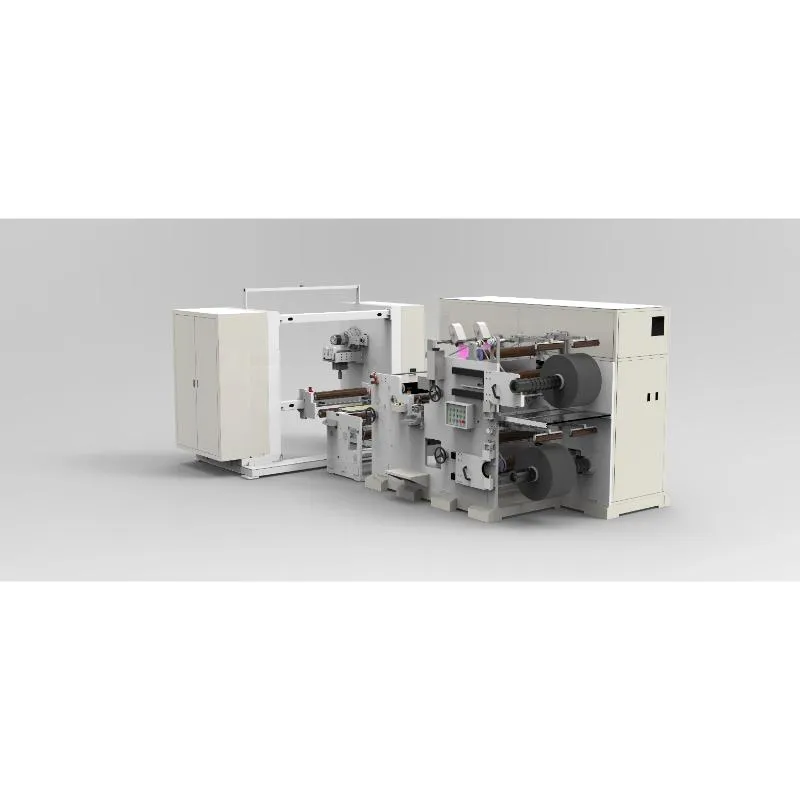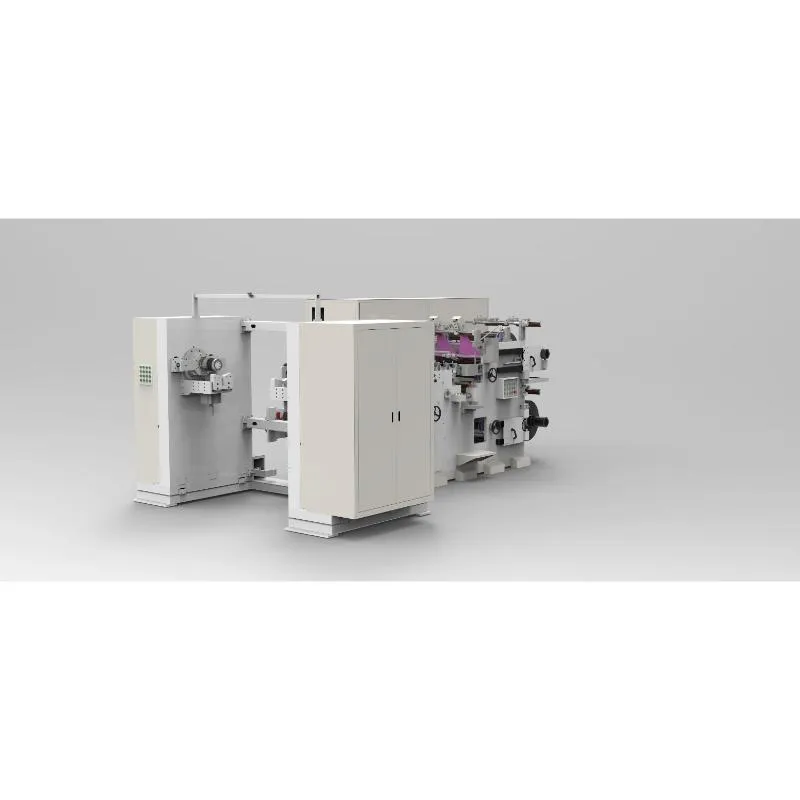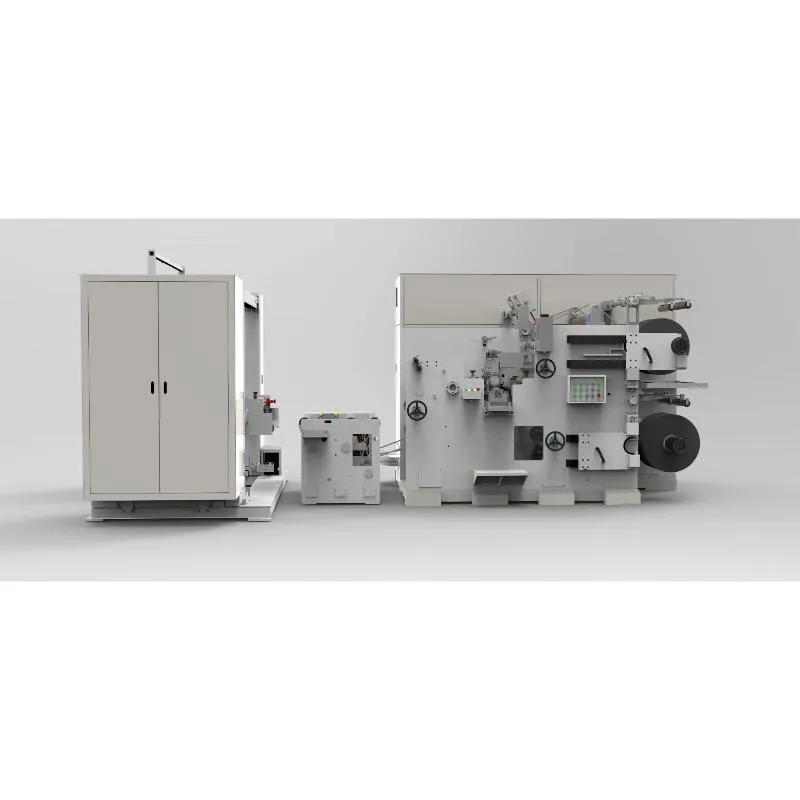Equipment for Lithium Cell Assembly - Fast, Precise, Turnkey
What’s Changing in Lithium Cell Assembly, and Why Slitting Machines Matter
If you spend enough time on factory floors (guilty), you learn that the quiet workhorses are the ones that make or break yield. In battery lines, that’s the slitter. When people ask me about equipment for lithium cell assembly, I often start with electrode slitting—because burrs, edge cracks, and alignment drift ripple downstream into stacking, winding, and even formation losses. The 800700 Slitting Machine for lithium battery production lines from Xingtai Shuoding (origin: Room 1410, No. 119 Zhongxing East Street, Xiangdu District, Xingtai City, Hebei Province, China) is purpose-built for precise, medium-to-small width materials. And yes, it’s surprisingly forgiving to set up.

Industry trends I keep seeing
- Thinner foils (≈6–12 μm Cu, 12–16 μm Al) and narrower lanes push slit accuracy to ≤±0.05 mm.
- Fast changeovers: model mix is higher; knife cassettes and digital presets are a must.
- Inline QA: laser edge tracking, burr monitoring, and 100% web inspection creeping from “nice-to-have” to “must.”
- ESG pressure: energy-efficient drives and material yield > 98% in real-world use.
Product snapshot: 800700 Slitting Machine
This precision slitter is designed for battery electrodes and separator films—accurate slitting of medium-to-small widths without the diva-like setup you sometimes get with high-end lines. Specs below are typical; real-world use may vary.
| Parameter | Typical Spec (≈) | Notes |
|---|---|---|
| Max web width | 700 mm | Optimized for electrode lanes |
| Parent roll OD | ≤ 800 mm | Core ID 3"/6" |
| Slit accuracy | ±0.03–0.05 mm | With calibrated edge guide |
| Line speed | 60–120 m/min | Material dependent |
| Knife system | Shear/razor interchangeable | Fast cassette swap |
| Materials | Cu/Al foil, coated electrodes, separator | Dry-room ready |
| Tension control | Closed-loop, ±1% | Encoder + load cell |
| Utilities | AC 380V, 3P; 0.6 MPa air | CE/ISO packages available |

Where it fits in the process
Typical flow: mixing → coating & drying → calendaring → slitting → edge inspection → dust removal → winding/stacking. The slitter’s job is clean edges, stable tension, and repeatable lane width. Measured burr height from pilot tests: ≤ 8 μm on 10 μm Cu at 100 m/min; ≤ 10 μm on 12 μm Al at 120 m/min (sample data; setup-dependent).
Service life of knives in mixed production is usually months, sometimes a year with proper dressing. Many customers say the quick knife cassette is the real time-saver—changeovers shrink from hours to minutes.
Vendor landscape (short and honest)
| Vendor | Lead time (≈) | Slit accuracy | Price band | Strengths |
|---|---|---|---|---|
| Xingtai Shuoding (800700) | 8–14 weeks | ±0.03–0.05 mm | Value | Customization, quick setup, support |
| Established EU brand | 16–28 weeks | ±0.02–0.04 mm | Premium | High-speed, deep integration |
| Tier-2 Asia maker | 10–18 weeks | ±0.05–0.08 mm | Budget | Cost-effective, basic automation |
Customization and real-world deployment
Options I’ve seen customers choose: anti-static bars, HEPA extraction at the knife zone, inline burr metrology, and MES/API hooks for traceability. For equipment for lithium cell assembly, I’m partial to dry-room-ready enclosures and tool-less guards—operators actually use them.
Case study (simplified): A Tier-2 ESS producer needed six narrow lanes on 12 μm Al with frequent recipe changes. After installing the 800700 unit, changeover dropped from 90 to ≈18 minutes; edge defects fell by ~35%—not magic, just better tension zoning and knife maintenance discipline. Operators, to be honest, liked the HMI presets more than management expected.

Compliance, QA, and life-cycle
- Standards: CE machinery compliance, ISO 12100 risk assessment, dry-room per ISO 14644 where required.
- QA: GR&R on lane width; periodic burr-height checks; tension calibration every 3–6 months.
- Uptime: Target OEE > 85% with preventive maintenance; knives dressed or swapped on schedule (usage-dependent).
- Industries: EV/HEV cells, stationary storage, consumer electronics—anywhere equipment for lithium cell assembly must balance precision with throughput.
Bottom line: if you’re upgrading equipment for lithium cell assembly, prioritize edge quality under real tension, changeover speed, and data hooks. The 800700 Slitting Machine hits a pragmatic sweet spot for teams chasing yield without going overboard on capex.
Authoritative citations
- ISO 12100: Safety of machinery — Risk assessment and risk reduction.
- ISO 14644-1: Cleanrooms and associated controlled environments — Part 1: Classification of air cleanliness.
- IEC 62660 series: Secondary lithium-ion cells for the propulsion of electric road vehicles.
- EU Machinery Directive 2006/42/EC and CE marking guidance.
Share
-
Lithium Battery Welding Machine | High-Precision, Fast, SafeNewsNov.17,2025
-
Aluminium Guide Roller | Anodized, Lightweight, Low-NoiseNewsNov.17,2025
-
Tofu Cat Litter Bulk – Eco, Low-Dust, Fast Clumping SupplyNewsNov.17,2025
-
Equipment for Lithium Cell Assembly | Automated & PreciseNewsNov.10,2025
-
Square File Tool – Precision Cut, Hardened Steel, VersatileNewsNov.10,2025
-
Lithium Ion Battery Assembly Machine | Automated, High-SpeedNewsNov.10,2025







